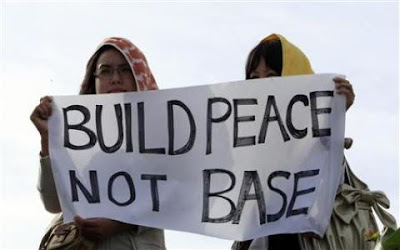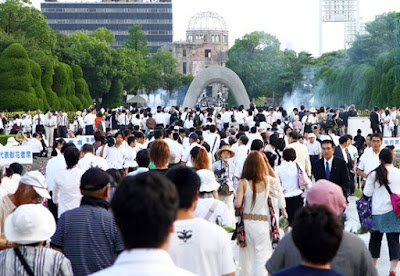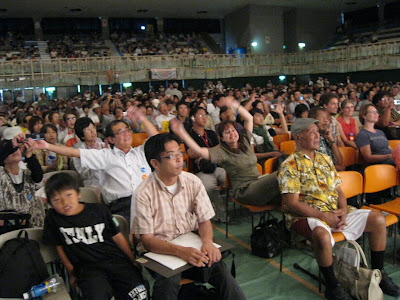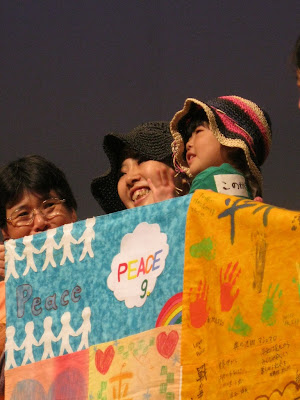From the Guam Blog: Jurassic Guam
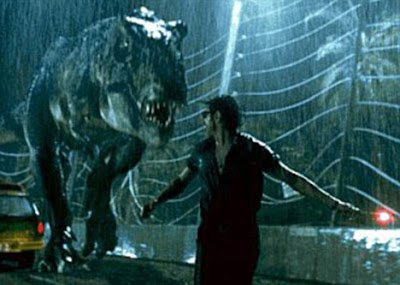
Gof ya-hu este na tinige' ginnen i Guam Blog. Gof ya-hu i lepblo yan mubi Jurassic Park ya annai hu taitai este (ni' muna'yalaka i dos), chumalek yu', lao nina'hasso yu' lokkue'. I hinasson i DOD gi este na tiempo yan i hinasson i duenon Jurassic Park, kalang chumilong. Puru ha' somnak gi me'nan-niha. Taya' prublema yan taya' chathinasso. Achokka' ti matai Si Hammond gi i mubi, matai gui' gi i lepblo. Ya ayu i mita'-na para i binanidosu-na, i bachet-na. Hafa na parehu na pinadesi gaige gi me'na'-ta put i bachet yan binanidosun i DOD yan i manakhilo' guini? I’m still not clear on chaos? – Dr. Ellie Sattler. (Laura Dern), in the movie Jurassic Park. It simply deals with unpredictability in complex systems. Its only principle is the Butterfly Effect. A butterfly can flap its wings in Peking and in Central Park you get rain instead of sunshine. – Dr. Ian Malcolm (Jeff Goldblum). The U.S. planners running the Guam buildup
